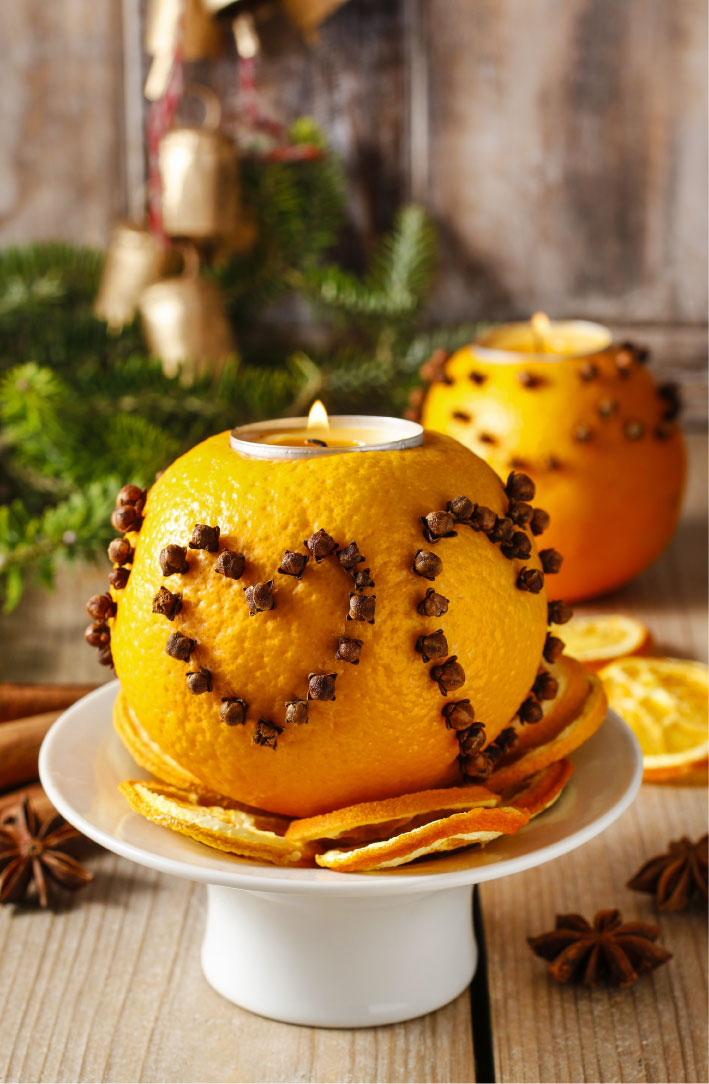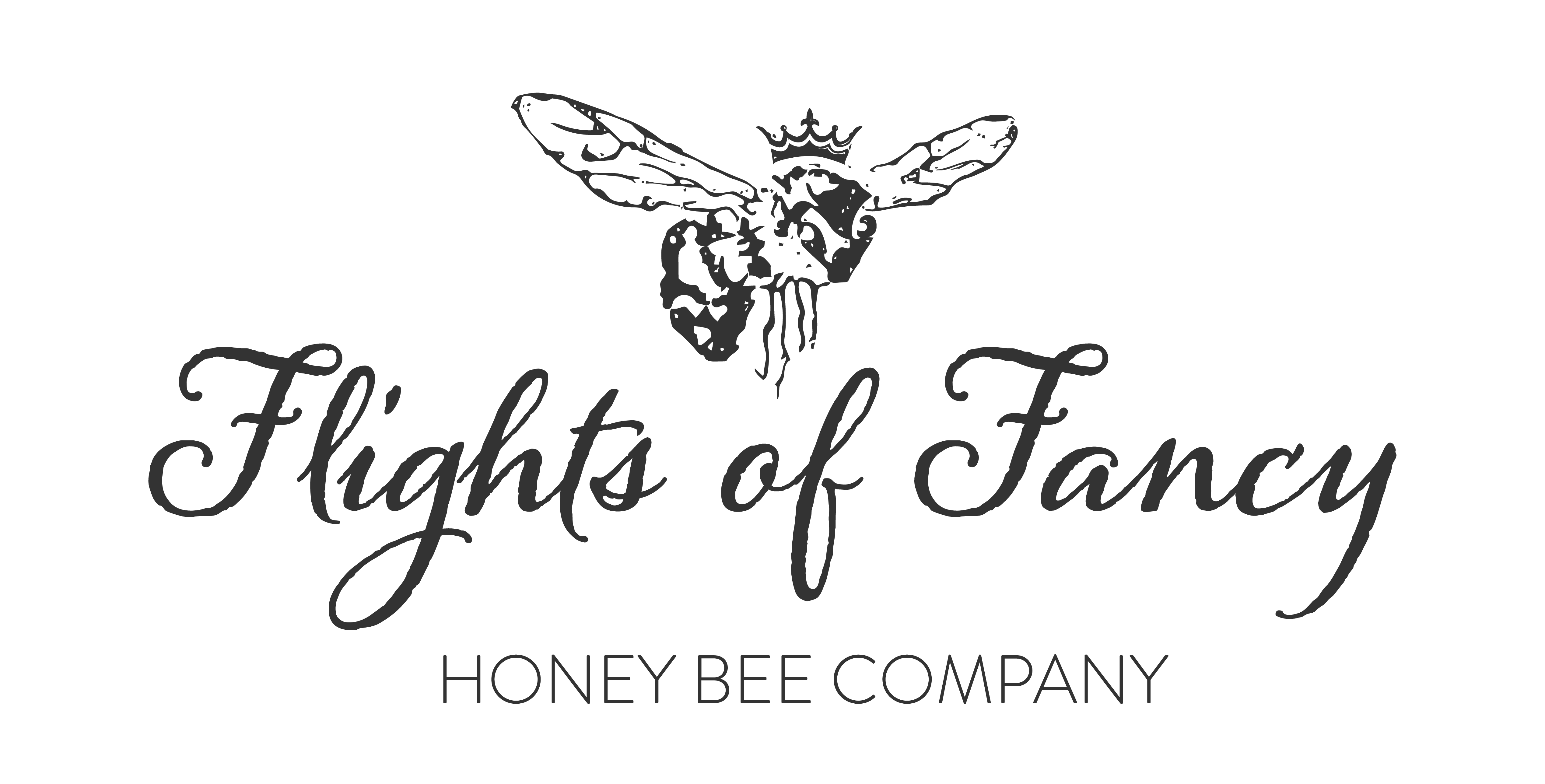Make Your Own Pomander Candles

Make Your Own Pomander Candles: Looking for a fun and easy way to capture the essence of the holiday season and tie in tradition? Look no further than making your own pomander! Combining the scents of orange, clove, and beeswax (if you so choose), this activity is a great way to spend an afternoon, whether you’re watching holiday movies or listening to your favorite audiobooks.
What is a Pomander and Its History
Origin and Purpose of Pomanders
But what exactly is a pomander? Derived from the French term “pomme d’ambre,” which translates to “apple of amber,” a pomander is a ball made from various fragrant herbs. Originating in the Middle Ages, pomanders were used for protection against illnesses and as religious keepsakes. They’re now considered to be one of the earliest forms of aromatherapy, with their appealing and soothing scents.
Pomanders in Holiday Culture
Pomanders eventually made their way into holiday culture as a popular homemade gift. Many families craft the scented balls by piercing fruits with strong herbs and then wrapping them in netting. Many families favor an orange studded with cloves as a form of pomander. People often give it as a gift, and it is useful for keeping clothes freshly scented in a drawer.
Pomanders as Aromatherapy
People have used pomanders for centuries due to their aromatic properties and therapeutic benefits. The fragrant herbs and spices used in pomanders are known to promote relaxation, calmness, and well-being.
The combination of scents in a pomander can have various effects on the mind and body. For instance, the scent of orange can uplift the mood and relieve stress. The warming and comforting scent of cloves are believed to promote relaxation and relieve stress and anxiety. Also, when beeswax is heated, it releases negative ions that can help purify the air and improve air quality. This makes it a popular choice for eco-friendly and health-conscious consumers.
Inhaling the aroma of a pomander can have a soothing effect on the nervous system and help ease symptoms of anxiety and depression. The scent can also stimulate memory and promote mental clarity. Pomanders are commonly used in meditation, yoga, and other relaxation practices.
To use a pomander for aromatherapy, simply hold it up to your nose and inhale deeply. You can also place it in a small dish. You can keep it on your desk or nightstand to enjoy the scent throughout the day or while you sleep.
Overall, pomanders are a simple and natural way to incorporate aromatherapy into your daily routine and enhance your sense of well-being.
Choosing Materials and Scents to Make Your Own Pomander Candles
Making a pomander is a fun and creative activity that allows you to personalize your own unique scent. There are a variety of materials and scents to choose from. You can customize your pomander to fit your preferences.
Materials to Make Your Own Pomander Candles
The most common materials used to make pomanders are oranges or other citrus fruits, cloves, and a ribbon or string to tie it all together. However, you can also use other fruits, such as apples or lemons, and a variety of herbs and spices to create a unique scent.
If you prefer a more natural look, you can leave your pomander as is, or you can decorate it with additional materials. Some popular options include bay leaves, cinnamon sticks, dried flowers, and even glitter.
Scents to Make Your Own Pomander Candles
You can entirely customize the scent of your pomander to suit your preferences. Citrus fruits like oranges, lemons, and grapefruits have a bright, fresh scent that can uplift the mood and promote focus. Spices like cloves, cinnamon, and nutmeg have a warm, cozy scent that can create a calming atmosphere.
Other popular scents for pomanders include peppermint, lavender, rosemary, and eucalyptus. You can also experiment with different essential oils to create a more complex scent.
When choosing your materials and scents, keep in mind the intended purpose of your pomander. If you’re using it for aromatherapy, consider the therapeutic properties of the materials and scents you choose. If you’re making it as a gift, consider the recipient’s preferences and the occasion.
Overall, making a pomander is a great way to get creative and experiment with different scents and materials. With a little bit of imagination, you can create a unique and personalized pomander that reflects your personality and style.
Pomanders Make Cherished Gifts
Pomanders also make cherished gifts and are a wonderful way to bring warmth into your home. Especially when paired with locally sourced beeswax tealights handmade by the author. So whether you’re a fan of tradition or looking to embrace something new, Making Your Own Pomander Candles is a fun and festive way to celebrate the holiday season.
I find that these still make cherished gifts or a wonderful way to bring some warmth into your home, and I have just the tealights for you, handmade by me with locally sourced beeswax including my own!
Save 10% off with discount code: TEALIGHT10
Ordering outside of Canada? Visit my Etsy Shop
NEW Holiday Traditions Pomander Kit!






Make Your Own Pomander Candles
Equipment
- Paring knife with a short blade
- Exacto knife
- Spoon
- Bamboo Skewers
Materials
- 3 oranges thick-skinned
- 1/4 cup whole cloves (or more or less, depending on your preference)
- 3 tealight candles beeswax is best plus more to refill as desired
Instructions
- Hold a tealight up against the top of the first orange, and use the Exacto knife to cut the outline of the tealight into the orange. Then use your paring knife to carve the section deeper into the orange.
- Next, use your spoon to scrape out the section you have carved so that the tealight can fit all the way in so that the lip of the tealight is just slightly above the edge in the orange. Remove the tealight.
- Now you can begin creating your pattern. To do so, take a bamboo skewer and use the tip to puncher the skin of the orange, you only need to push the skewer in enough so that the clove will fit. You can choose to create shapes such as stars and hearts or you can make patterns.
- Once your pattern is complete or once you have completed a section, you can begin to push the cloves into the holes you created with the skewer. Continue until you have completed your design and all holes have been filled with a clove. Place the tealight back into the space you carved out and that's it! Now you can move on to the next orange.
- Place your pomanders on a small plate, or a bunch of them on a tray. Light, and enjoy.
Notes
Don’t forget to check out our other Holiday Traditions Kits and our Holiday Traditions How-To Posts:

About The Author
Related Posts
Sweet Traditions: The Enchanting Role of Honey in Holiday Lore
Throughout history, honey has been more than a sweet treat; it has served as a…
December 18, 2024Crafting Your Own Yule Log Traditions
Winter can be a challenging time of year, with limited daylight, cold temperatures, and a…
December 9, 2021Error: API requests are being delayed for this account. New posts will not be retrieved.
There may be an issue with the Instagram access token that you are using. Your server might also be unable to connect to Instagram at this time.




